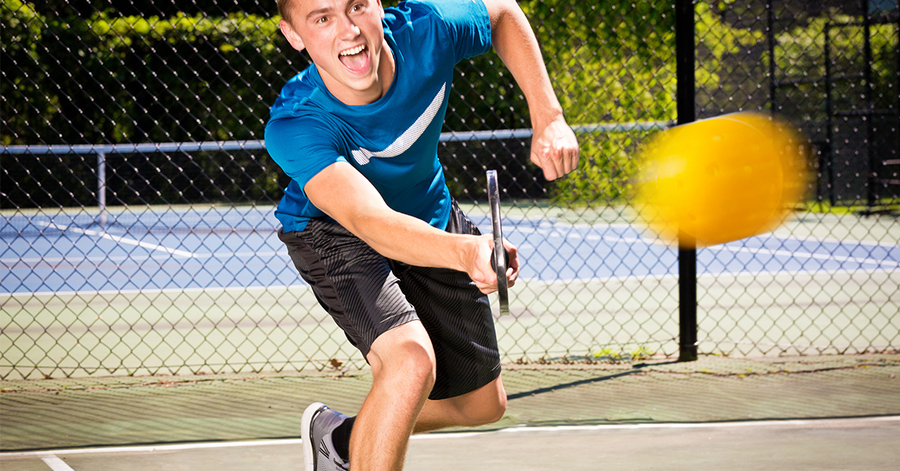
Not everyone can pack the same power into a serve as some players. But what almost everyone can do is mix it up.
Great baseball pitchers don’t last long throwing straight fastballs. It is the variety of pitches and command of the strike zone that sets them apart. Is there a pickleball equivalent? Yes!!
A) Fastball - Deep and to your opponent's backhand. This is where the majority of serves should probably live. Push them back off the baseline and make it difficult to return. Let us reiterate, target their backhand if you can.
B) Curveball - This is a good chance to let the topspin shine. Put a little loft on this one and let it dip into the back corner. Depth is key: delay their journey to the NVZ and take the pressure off your third shot. Enough topspin will cause the ball to skip, and hopefully cause an error.
C) Changeup - After they back off the baseline to deal with the fastball and curveball, hit them with the changeup: low, soft, and just barely past the kitchen line. Sure, this brings them up in the court, but in rec play it can lead to return errors.
D) Slider - Every once in a while it's nice to mix in the slide piece. Dot the low, outside corner of the strike zone (service box) and their head will spin faster than the ball itself. The benefit here is even if they return the serve it will be a struggle for them to get back in position to cover a third-shot drive.
Bonus: Eephus - The lob serve. It's a great change of pace serve. The floating ball affords the returner time to think, which can surprisingly cause them to go for too much on a return. They might try to hit a perfect return that results in a net ball, or one that sails deep.
In the end, simply being unpredictable can have tremendous upside in pickleball. Don’t let your opponent get comfortable, you’ll be surprised at how many easy points you’ll win